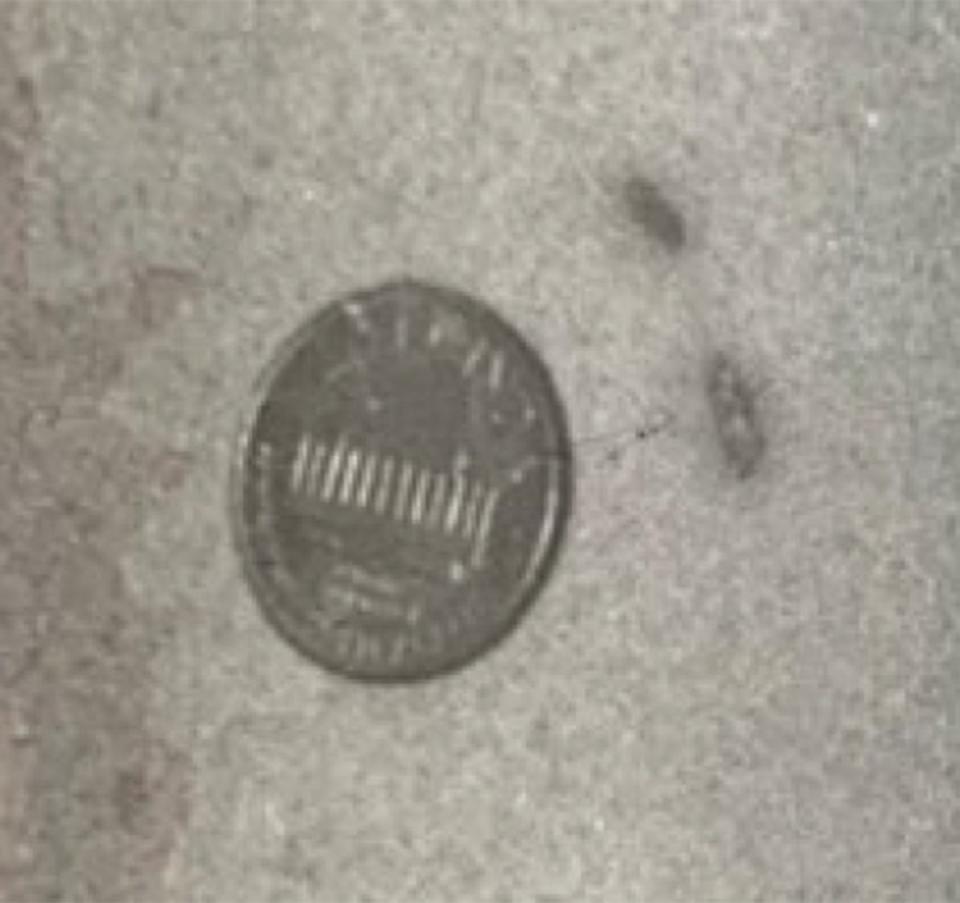Sports
Supreme Court refuses to review murder conviction based on discredited ‘bite-mark’ evidence

WASHINGTON – The mystery continues.
Charles McCrory has been in prison for nearly 40 years for killing his wife, and the only evidence that linked him to the crime was a “bite mark” on her right shoulder.
But was it really a bite mark? And was it actually from McCrory?
The Supreme Court refused Tuesday to review this genuine who-done-it in which McCrory contends he wrongly convicted and sentenced to life in prison.
Justice Sonia Sotomayor disagreed with the decision and lamented the hundreds of thousands of innocent people may be imprisoned based on evidence that lacks scientific justification.
“What should a court do when faced with a 40-year-old conviction resting on science that has now been wholly discredited?” Sotomayor wrote. “This petition raises difficult questions about the adequacy of current postconviction remedies to correct a conviction secured by what we now know was faulty science. One in four people exonerated since 1989 were wrongfully convicted based on false or misleading forensic evidence introduced at their trials.”
The case has generated international interest after being covered by CBS News and international newspapers. The advocacy group Innocence Project has fought for McCrory’s release.
McCrory contends the only evidence connecting him to the 1985 murder of his wife, Julie Bonds, was a purported bite mark inflicted at the time of the killing.

Bonds’s body was found in her home in Andalusia, Alabama, dead from four chop wounds to the back of her head and 11 puncture wounds to her chest, according to Joshua Sapala, a forensic pathologist who performed the autopsy. Hair found clutched in her left hand wasn’t McCrory’s.
McCrory, a technology worker and volunteer emergency medical technician, heard the emergency call at work and joined first responders to find Bonds beaten to death. Witnesses later testified he was acting strangely.
A forensic odontologist, Richard Souviron, flew in to the trial fresh from testifying live on national television against serial killer Ted Bundy. Souviron said the mark matched McCrory’s teeth and was inflicted at the time of the murder.
But Souviron, fully recanted his testimony in 2019 and said it wasn’t even a bite, much less one connected to McCrory. Two expert forensic dentists corroborated that testimony and debunked “bite mark identification.” One of the experts, Adam Freeman, called it “junk science.”
“In the decades since Charles McCrory’s conviction, repeated scientific studies, multiple governmental reports, and an increasing number of wrongful convictions have revealed that bite mark analysis has no scientific foundation,” McCrory’s lawyers wrote in their request to the Supreme Court. “It has been completely debunked – indeed, it has been called the ‘most egregious’ type of discredited evidence.
But the Alabama Court of Criminal Appeals denied McCrory’s appeal. The court ruled that jurors could decide for themselves what was a bite mark and that McCrory had made it.
One of the five judges on the appeals court when it upheld the conviction had earlier represented the state as an assistant attorney general during McCrory’s appeal. When the appeals court reheard the case, it issued the same opinion with the additional notation that the judge had recused herself.
State lawyers said McCrory was having an affair, was in the midst of a divorce and had acted strangely at the time of the murder. When he appealed citing new evidence discrediting the identification of the purported bite mark, the state appeals court found “the evidence against (McCrory) was sufficient for a rational finder of fact to reasonably exclude every hypothesis except that of guilt.”
This article originally appeared on USA TODAY: Supreme Court refuses to review murder case with discredited ‘bite mark’


